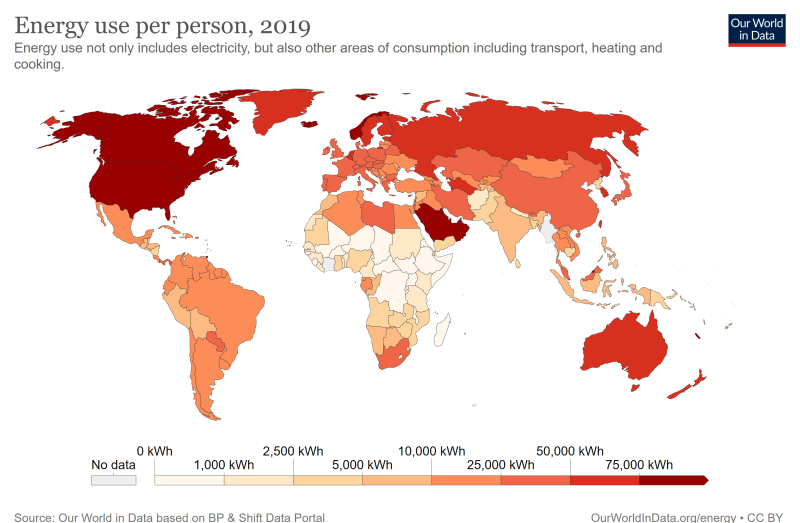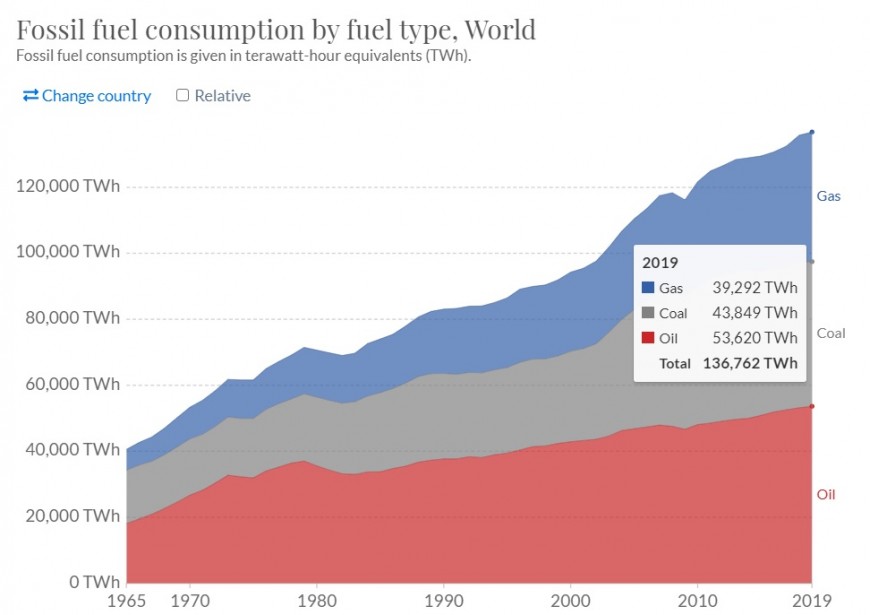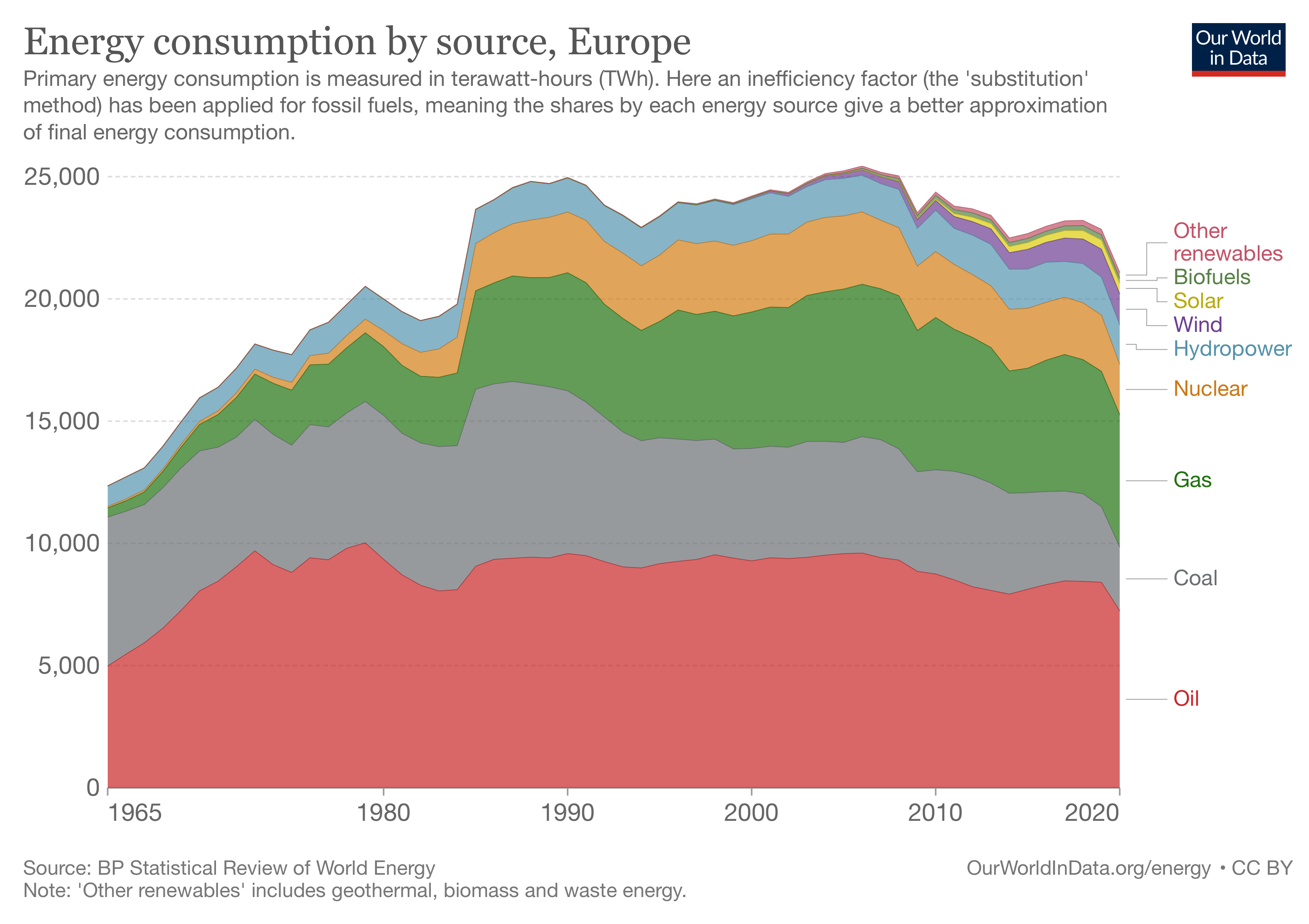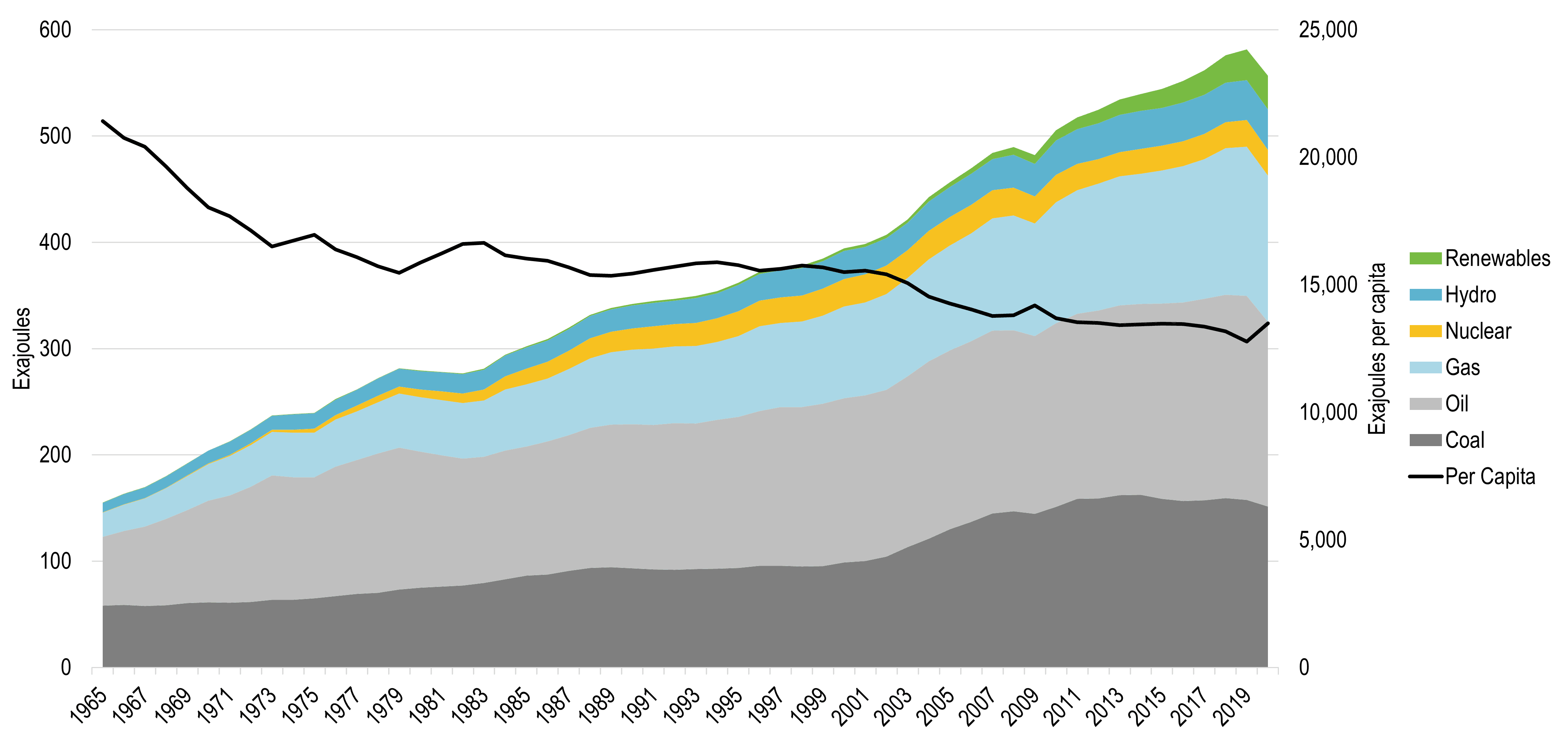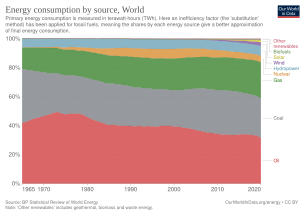
Renewable energy share in total energy consumption (Our World in Data,... | Download Scientific Diagram
Energy: Where Does It Come From? Where Does It Go? - Relevant Maps by Our World in Data (2021) : r/MapPorn
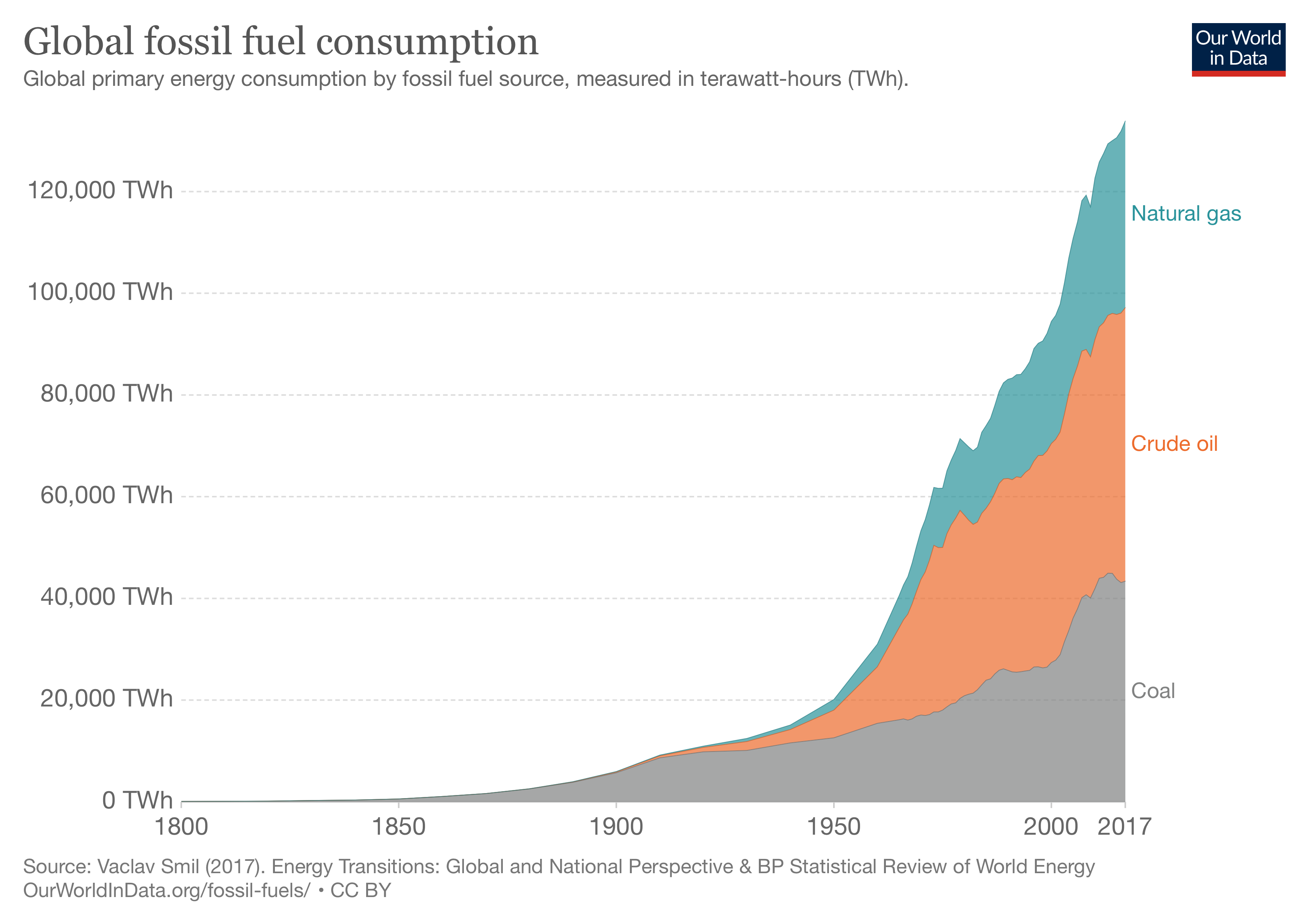
67 days without coal - but your switch to green energy has never been more important - Big Clean Switch

Max Roser on Twitter: "Global energy increased 26-fold over the last 200 years. The breakdown by sources today: - Oil is one third - Coal and gas are each one quarter -

SAGE Research Methods: Data Visualization - Learn to Create a Pie Chart Using Python With Data From Our World in Data (2018)

University of Oxford - Energy consumption from solar (per capita): 2000-2019 Find out more ➡️ https://bit.ly/3CHwPc1 📈 | Our World in Data #TruePlanet #COP26 | Facebook
